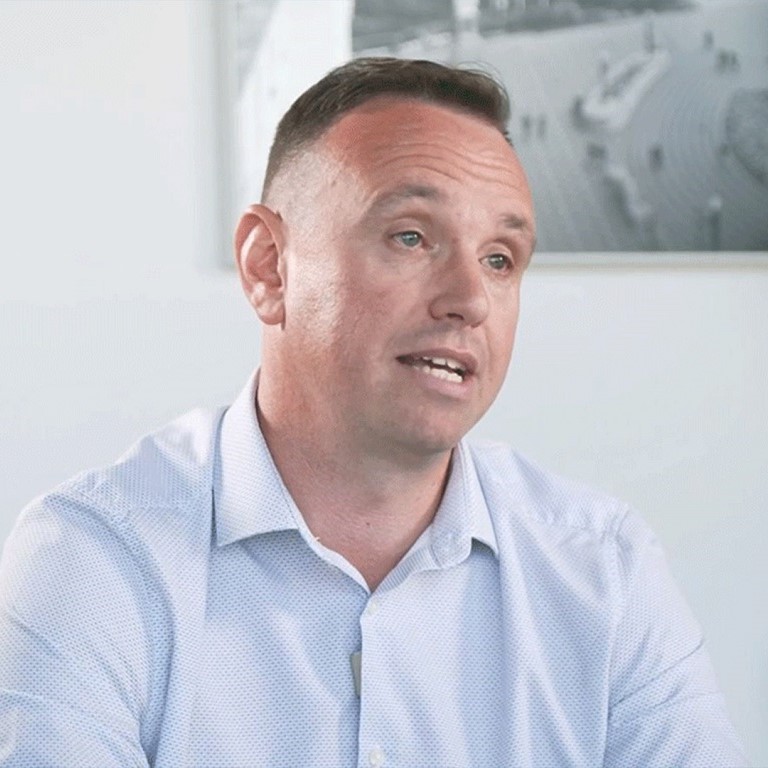Robert Morris, Account Director.
Having endured another demanding 12 months, signs suggest that the construction professional indemnity insurance and property professional indemnity insurance market is now starting to show signs of stabilising.
A challenging three years for all
Firms operating in these sectors have been impacted by three years of an extremely challenging “hard” professional indemnity insurance (PII) market.* Unfortunately, this has come at a time where businesses have faced arguably their biggest challenged ever, the COVID pandemic.
This challenging market has occurred because a number of insurers have completely exited the market over the last few years. The remaining insurers meanwhile were looking to correct their book of business to allow them to continue trading. Resulting in most insurers having no real desire to actively pursue new business opportunities. Instead, they were concentrating on getting their existing house in order. This, coupled with no significant new entrants aggressively pursuing new business opportunities, left brokers in most instances having to negotiate the best terms with a firm’s incumbent insurer (if they were still operating and offering renewal terms).
The current state of the market
Thankfully it now appears that market stability and confidence is returning as most firms appears to be “bouncing back” financially, which is positive. We are by no means out of the woods yet and I feel it will be some time yet before we can use the words “soft”** to describe the PII market again.** There are however definitely some positive noises now being heard from insurers.
Most insurers seem to be comfortable with the level of cover they are able to provide, having seen many reduce this over preceding years renewals. And although some insurers are still pushing for rate increases, they are nowhere near the levels which have been experienced in previous years.
A lot has been published around the more onerous policy terms and conditions that go hand in hand with a “hard” market. The imposition of policy conditions around; basements, swimming pools, use of sub-contractor/consultants, fire safety/cladding/EWS1 and cyber related risks to name the main culprits. PII policies are now making it explicitly clear that they are not picking up any cyber insurance related matters due to the volume of claims in this area, which are better catered for by a specialist standalone cyber liability insurance policy.
The fire safety/cladding restrictions being experienced by firms in this sector is a paper in itself. The Royal Institution of Chartered Surveyors (RICS) have attempted to offer some protection for their members, with the requirement through their minimum terms for insurers to offer £1m of aggregate cover for properties up to four storeys in height. Other than the RICS position, the majority of the market continues to have comprehensive exclusion languages applying to their policies. There are signs that some insurers are starting to engage on discussions around offering some limited coverage, primarily for future projects, but still with a hesitancy on offering for previous ones. The latest injection of money from the government to assist leaseholders of properties is encouraging1, but the funding of this through the developers/other stakeholders does not solve the insurers’ longstanding concerns.
How you can achieve competitive PII premiums?
As mentioned, there are definitely signs of rating stability now being felt by insurers, coupled with a desire to again actively engage on new business. It is however still paramount for firms to present as comprehensive a risk profile to insurers to gain their attention and secure competitive premiums. This can only be achieved through the well documented practice of working alongside a specialist PII insurance broker.
My biggest tips to achieving the best possible PII programme is to engage with your broker early, well before your renewal date (two-three months). Together, you can provide a detailed presentation, inclusive of risk management provisions and vitally access to all relevant insurers in the sector.
Read more from Robert Morris
If you enjoyed Robert’s latest article, check out more of his expert insights:
- A history of cyber insurance
- Turn up the volume on silent cyber
- Power shift in professional indemnity market.
* “Hard” market means increasing rates and more restrictive terms being offered by insurance companies and Managing General Agents (MGA’s)
** “Soft” market means reduced rates and favourable policy terms being offered by many insurance companies and Managing General Agents (MGA’s)
Sources
Real-world insight that we don't share anywhere else
Get access to exclusive help, advice and support, delivered straight to your inbox.









